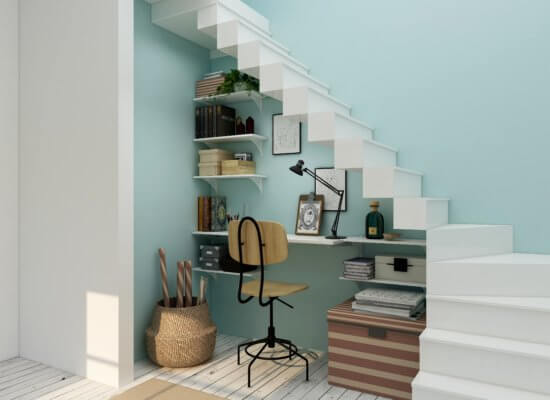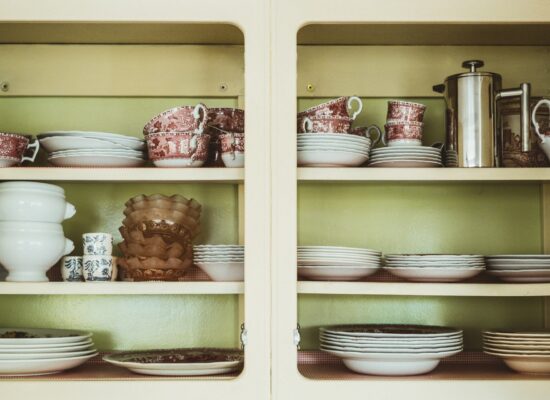How to Pack Frames for Moving – A Step-by-Step Guide
Whether it’s the laughter captured in a family portrait or the serene beauty of a scenic photograph, each frame safeguards a piece of your heart. As you prepare for cross-country moving, making sure you know how to pack frames for moving is an important task.
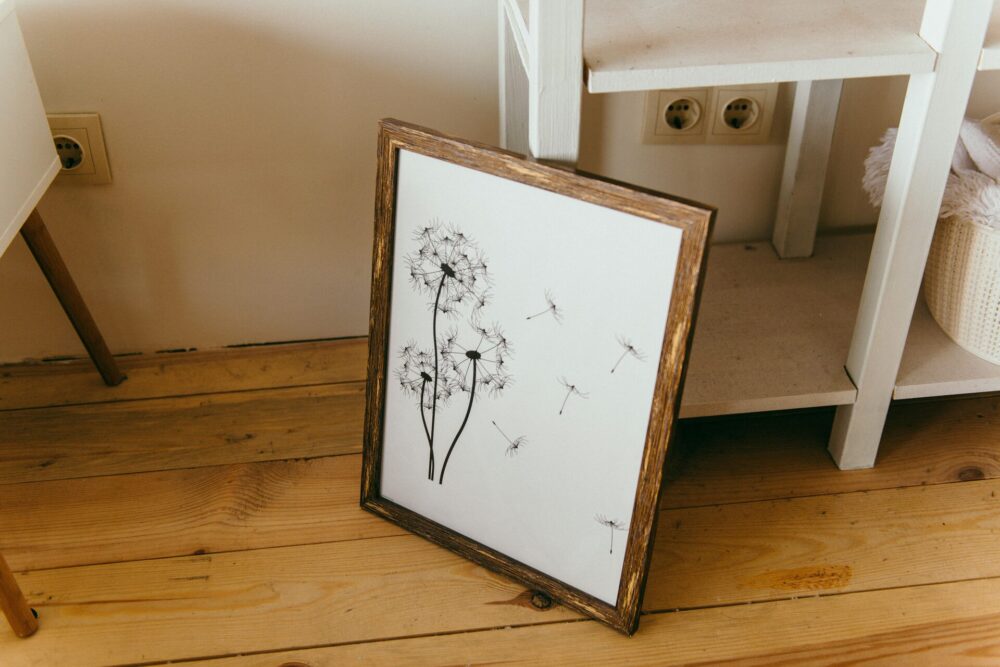
The Scream, by Edvard Munch, was the most expensive painting bought at auction in 2012 at $120 million. Though the painting itself is one of the most recognizable, this version likely sold for so much because of the frame, which has a rare handwritten poem by the artist. Some frames are worth a fortune alone, but in essence, it isn’t only the valuable artwork and antiques that require care and attention. The process of relocating can be harsh to all items, and every frame requires a careful approach when being packed.
How to Pack Frames for Moving
If you’re worried about how to pack framed pictures for moving, start by wrapping each frame individually in protective paper or bubble wrap to protect against scratches and damage. Secure any loose components, and use corner protectors for added protection. Place the frames snugly in sturdy boxes, filling any empty spaces with protective material to prevent shifting.
Label the boxes clearly with terms like “Fragile” and “This Side Up” to ensure careful handling. For extra peace of mind, you can rely on long-distance moving services provided by Flat Price Auto Transport and Moving, which has the expertise to handle delicate items with care.
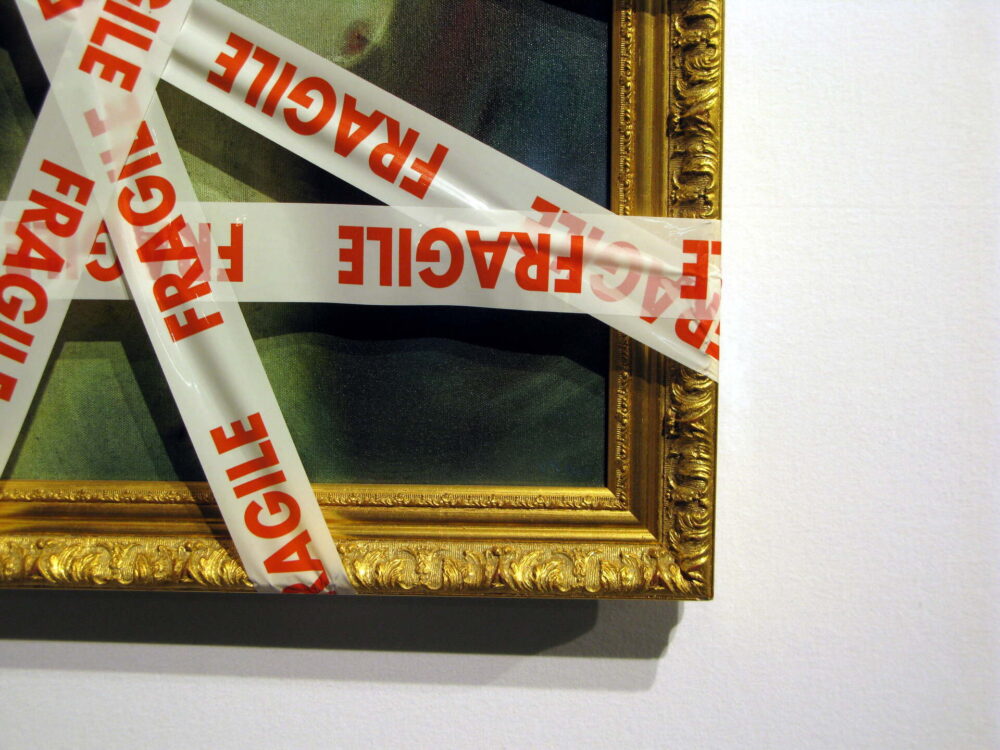
Types of Frames and Their Specific Packing Needs
Before we dive into the topic of how to pack picture frames, we need to understand that not all framed items are created equal. Preparing different types of artwork for relocation involves understanding their specific requirements. Wood pieces often demand extra padding to guard against nicks and scratches, while metal, though sturdy, needs careful handling to avoid damaging other items.
Ornate frames, with their intricate details, require the most attention, needing layers of cushioning to protect every fragile feature. One of the best packing tips is to adapt the technique to the material and design, which prevents harm and preserves the unique attributes of each piece.
Assessing the Frames Before Packing
A thorough inspection is crucial before wrapping begins. Examine each piece for existing damage or areas prone to further harm during transit, such as loose joints or chipped paint.
Cleaning is also essential – use a gentle cloth to wipe away any dust or debris that could scratch surfaces, ensuring each item remains pristine and ready for display in its new location.
Essential Packing Materials for Frames
Securing the right materials is crucial for protecting artwork during transport. The right selection not only ensures each piece withstands the journey but also maintains its condition from departure to arrival. Here’s a list of necessary supplies:
- Bubble wrap provides excellent impact absorption and protects against shocks during transit.
- Packing paper prevents surface scratches and helps keep artwork clean; opt for acid-free paper for added protection.
- Corner protectors are essential for safeguarding the vulnerable edges of framed pieces.
- Sturdy boxes, and especially double-walled boxes, are great for their robustness and ability to endure the stresses of relocation.
- Packing tape is a strong adhesive tape to secure boxes and ensure they remain closed and intact throughout the move.
- Markers for labeling to clearly label boxes with their contents and handling instructions, facilitating careful handling and efficient unpacking.
- Custom crating for extremely valuable or unusually shaped artworks, consider custom crating to provide the highest level of protection. It’s tailored to each piece’s specific dimensions and needs.
Investing in high-quality packing materials enhances the safety of each artwork, playing a pivotal role in shielding these cherished items from the rigors of relocation.

Detailed Packing Techniques for Frames
Packing frames securely requires careful attention to detail. Begin by individually wrapping each frame in packing paper, ensuring all surfaces are covered to prevent scratches. Apply corner protectors to safeguard vulnerable edges, securing them with packing tape.
Then, encase each wrapped piece in a layer of bubble wrap for additional shock absorption, securing it firmly with tape. Arrange them snugly in a sturdy box, filling any empty spaces with packing material to prevent shifting. Finally, label the box with its contents and handling instructions for safe transport.
Packing Glass-Covered Frames – Extra Precautions
Glass is extra-sensitive when it comes to transport, so here are some handy artwork moving tips to help you power through. When protecting frames with glass, take extra precautions to minimize the risk of breakage. Use masking tape to create an “X” shape across the glass surface, reinforcing it to prevent shattering. Place a layer of glassine paper over the taped glass for added protection against scratches and breakage.
Follow the detailed protective packing techniques outlined above, paying extra attention to cushioning and securing the frame to protect the glass during transit.
Grouping Frames Together – Efficient Packing Strategies
Efficiently packing multiple frames into a single box requires strategic planning. Sort frames by size and group similar sizes together to optimize space utilization. Place a layer of packing material at the bottom of the box for cushioning, then stand them upright in the box, alternating orientations to maximize stability. Fill any gaps between frames with additional packing material to minimize movement. Add a final layer of padding on top before sealing the box for extra protection.

Labeling and Organizing Boxes of Frames
Labeling and organizing boxes is a critical aspect of any move, ensuring that cherished artworks and memories are transported safely and efficiently to their new destination. As you prepare for the moving day, using smart relocation hacks is an essential step to ensure these items are protected. Here is what you should do:
- Clearly label each box with descriptive terms such as “Fragile” or “Handle With Care” to alert cross-country movers to the delicate nature of the contents.
- Mark boxes with “This Side Up” to ensure frames are transported in the correct orientation, minimizing the risk of damage.
Organize boxes based on room destination or fragility level to enable easy access and prioritize handling during unpacking. For example, label boxes for the living room or bedroom or distinguish between fragile and non-fragile items.
Loading and Unloading Frames
Loading and unloading framed artwork is a delicate process that demands attention to detail for a seamless move. However, if you’ve invested in professional packing services, there’s nothing to worry about. As our expert long-distance movers handle your precious pieces, they follow a carefully crafted protocol to ensure their safety.
When loading into the truck, we prioritize balance and stability by placing larger, heavier frames against the back wall. This strategy helps distribute weight evenly, minimizing the risk of shifting during transit. Our professionals use specialized packing materials, including custom crates and double-walled boxes, to shield the frames from harm. Each frame is carefully wrapped in bubble wrap or packing paper, securing it with tape to prevent any jostling on the journey.

Unpacking and Setting Up Frames
Unpacking and setting up frames in your new home is an exciting opportunity to infuse space with personal style and cherished memories. Begin by carefully unpacking each frame and removing any protective wrapping or padding. Inspect each frame for any signs of damage or shifting during transit.
Look for scratches, dents, or loose components. If you notice any damage, document it with photos for insurance purposes and contact a professional for repair options. Clean frames gently with a soft cloth to remove any dust or debris accumulated during the move, ensuring they’re ready for display.
Storage Service
Knowing what kind of surprises cross country move may hold, we offer 30 day free storage for belongings at the origin state.
Read moreAuto-Transport
If your first concern is having your vehicle transported safely and efficiently, enclose shipping is the way to go.
Read moreMoving Services
Whether you are moving from New York to Los Angeles or from San Francisco to Chicago, we can help you.
Read moreIdeas for Arranging Framed Items in New Spaces
Start by assessing the layout and design of each room to determine the best placement for the artwork. Create a focal point by arranging them in varying sizes and styles on a feature wall. Experiment with different arrangements until you find one that suits your aesthetic. Consider incorporating frames into existing decor elements, such as shelves or gallery walls, to add visual interest and depth to the space.
Mix and match frames to create a dynamic and personalized display that reflects your unique style and personality. Don’t be afraid to get creative with placement – try leaning frames against walls or layering them for a more casual, eclectic look. Finally, step back and admire your handiwork. The beauty of the new space, adorned with favorite frames and memories, is sure to bring joy and warmth and make it feel like home.
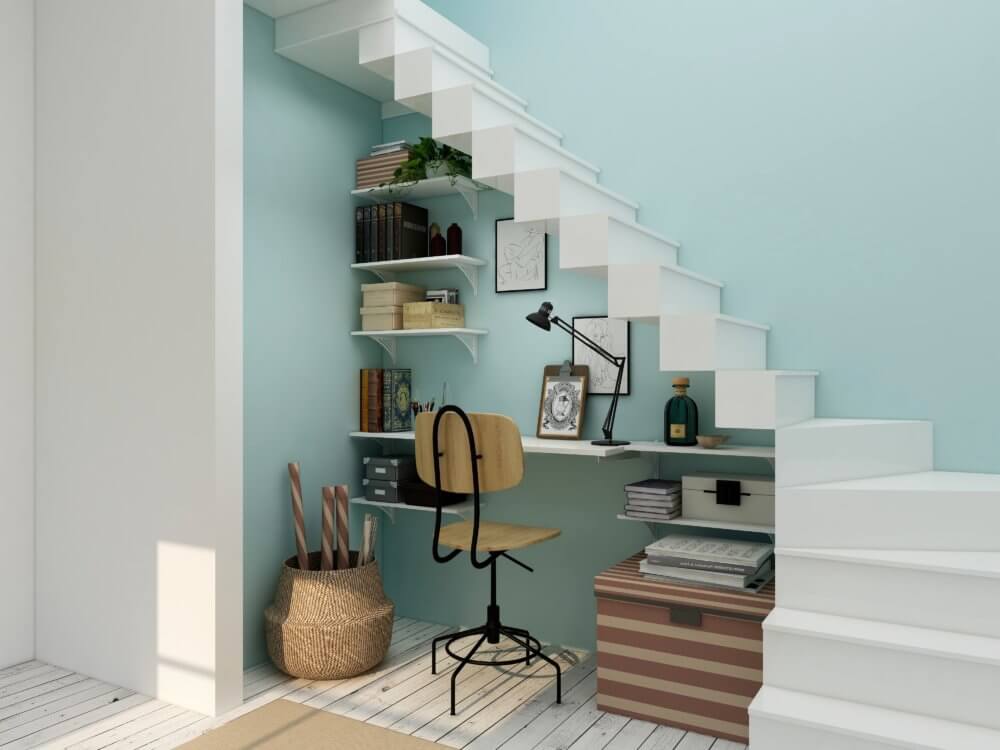
Let the Pros From an Auto Transport Company Handle It
By following best practices and employing proper techniques, moving fragile items like artwork is a piece of cake. However, keep in mind that relying on a professional long distance moving company can provide peace of mind and expert handling. A professional car shipping company team has the experience, expertise, and specialized equipment necessary to ensure the safe transport of frames and other fragile belongings. So kick back, relax, and let the pros take the wheel while you envision frames adorning the walls of your new home.
Ready to make the relocation a breeze? Home decor transportation has never been easier! All you should do is contact Flat Price Auto Transport and Moving today for expert assistance with all relocation needs!
Frequently Asked Questions
How Can I Ensure My Frames Are Protected From Scratches During a Move?
Wrap them individually in soft, non-abrasive material such as paper or bubble wrap. Secure any loose components or protruding parts with tape or padding to prevent damage. Additionally, consider placing framed items upright in sturdy boxes and filling any empty spaces with protective material to minimize movement.
What Is the Best Way to Pack Ornate or Unusually Shaped Frames?
Prioritize their protection by using custom-sized boxes or crates whenever possible. Wrap each frame carefully in bubble wrap or foam to cushion delicate areas and provide structural support. Pay special attention to intricate details and fragile elements, ensuring they are adequately padded and secured to prevent damage.
Can I Pack and Move Artwork Without a Glass Cover Safely?
Yes, artwork can be packed and moved safely without a glass cover. Begin by protecting the surface of the artwork with a layer of acid-free tissue paper or glassine to prevent scratches or abrasions. Next, wrap the artwork in several layers of bubble wrap or foam for cushioning and support. Secure the wrapping with tape and place the artwork in a sturdy box, ensuring it is surrounded by protective material to prevent shifting during transit.
What Should I Do if a Frame Is Damaged During the Move?
Assess the extent of the damage and take immediate action to prevent further deterioration. Document the damage with photographs for insurance purposes, and contact a professional framer or restoration expert for repair options. In the meantime, carefully remove any loose or broken pieces to prevent injury and keep the damaged frame in a safe, stable position until it can be properly addressed.
How Do I Arrange My Frames in a New House for the Best Aesthetic Effect?
Consider factors such as wall color, lighting, and room layout. Start by selecting a focal point or wall where the frames will be displayed prominently. Cohesively arrange framed items, balancing sizes, shapes, and colors to create visual interest. Experiment with different arrangements before committing to a final layout, and don’t be afraid to mix and match frames to achieve a personalized and eclectic look.
